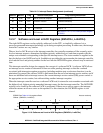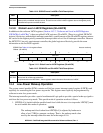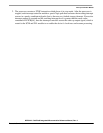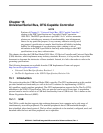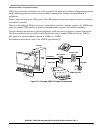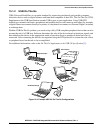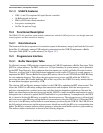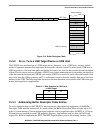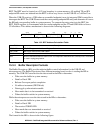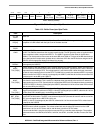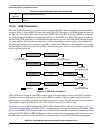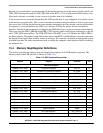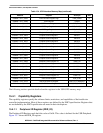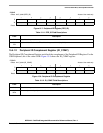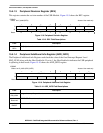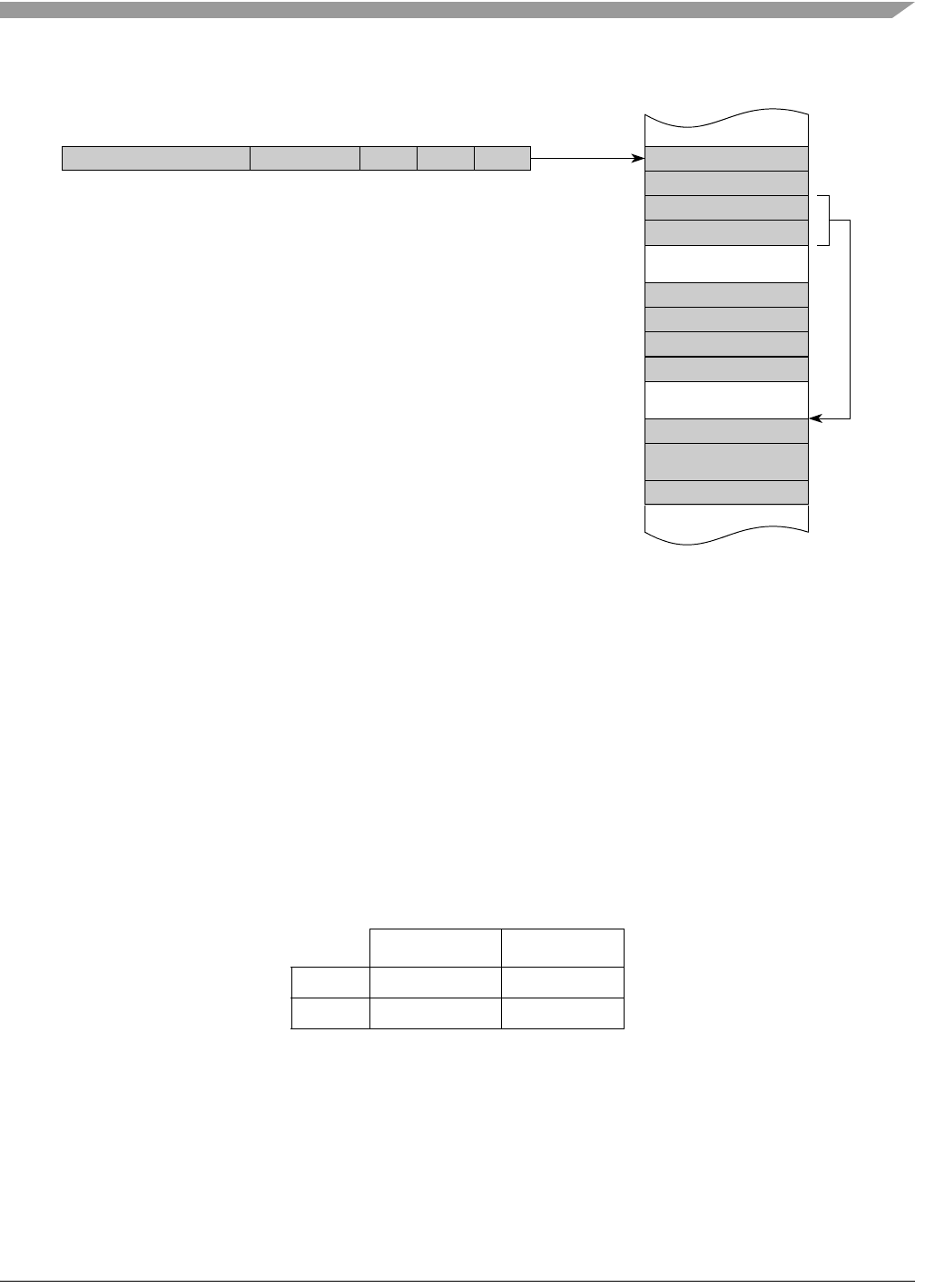
Universal Serial Bus, OTG Capable Controller
MCF52211 ColdFire® Integrated Microcontroller Reference Manual, Rev. 2
Freescale Semiconductor 15-5
Figure 15-3. Buffer Descriptor Table
15.3.2 Rx vs. Tx as a USB Target Device or USB Host
The USB-FS core can function as a USB target device (function), or as a USB hosts, and may switch
modes of operation between host and target device under software control. In either mode, USB host or
USB target device, the same data paths and buffer descriptors are used for the transmission and reception
of data. For this reason we have adopted a USB-FS core centric nomenclature for describing the direction
of the data transfer between the USB-FS core and the USB. Rx or receive is used to describe transfers that
move data from the USB to memory, and Tx, or transmit is used to describe transfers that move data from
memory to the USB. The following table shows how the data direction corresponds to the USB token type
in host and target device applications.
15.3.3 Addressing Buffer Descriptor Table Entries
To access endpoint data via the USB-FS or microprocessor, the addressing mechanism of the Buffer
Descriptor Table must be understood. As stated earlier, the Buffer Descriptor Table occupies up to 512
bytes of system memory. Sixteen bidirectional endpoints can be supported with a full BDT of 512 bytes.
Sixteen bytes are needed for each USB endpoint direction. Applications with less than 16 End Points
require less RAM to implement the BDT. The BDT Page Registers point to the starting location of the
Table 15-1. Data Direction for USB Host
or USB Target
Rx Tx
Device OUT or Setup IN
Host IN Out or Setup
•
•
•
System Memory
Current
Endpoint
BDT
Start of Buffer
•
•
•
End of Buffer
Buffer in Memory
BDT Page
000ODDINEND_POINTBDT_PAGE Registers



